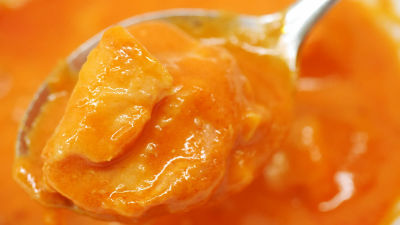What is the point that butter experts distinguish between high-quality butter and cheap butter based only on their appearance and taste?

There are
Butter Expert Guesses Cheap vs Expensive Butter | Price Points | Epicurious --YouTube
Josh Windsor, who is an expert in butter, has appeared.

In front of Mr. Windsor, butter with two tags, A and B, is placed. Both are unsalted butter that does not contain salt.
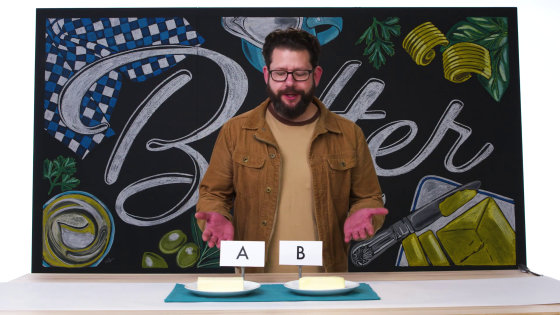
Mr. Windsor explains that 'butter is made by separating fat from milk and kneading it.'
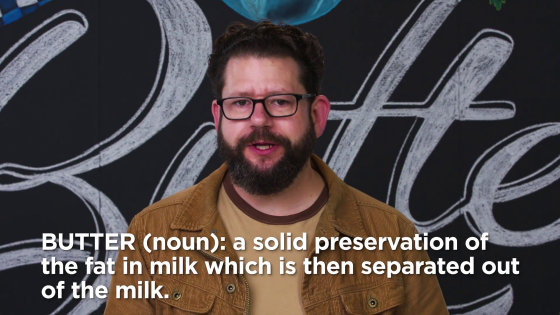
First, I will summarize the information that can be understood from the appearance of butter. The following A and B butters have an elongated stick shape on one side and a block shape on the other side.
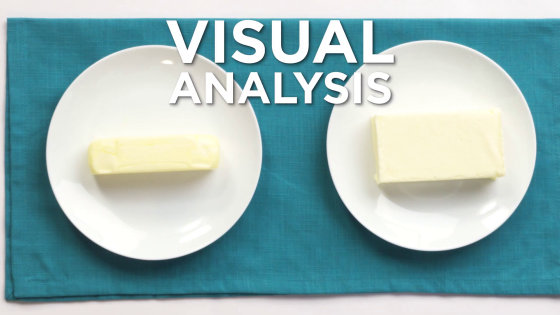
This is a difference in the shape of butter in the United States, and it is said that block type butter is manufactured on the west side of the United States and stick type butter is manufactured on the east side.
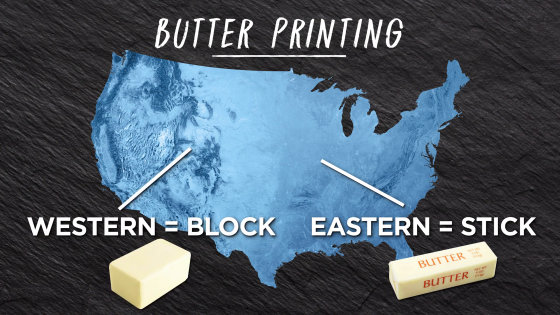
In addition, the two butters are also different in color. The butter in A is milky white, which is closer to white, and the butter in B is yellowish. This is due to the difference in the amount of
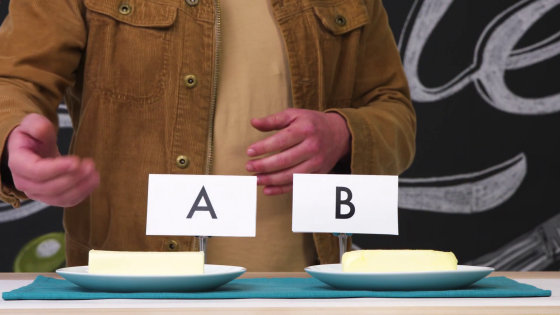
First, sample the yellowish butter B. First, he smelled and commented, 'There is a light butter note (scent) and a slightly spicy scent.' When I actually ate it, 'The texture is smooth. The butter covers the palate nicely, spreads over the entire tongue, and then disappears quickly. There is no saltiness, and the smell has a slight tingling stimulus. I don't feel it in the taste. It also has a nutty flavor. This is good quality butter. '
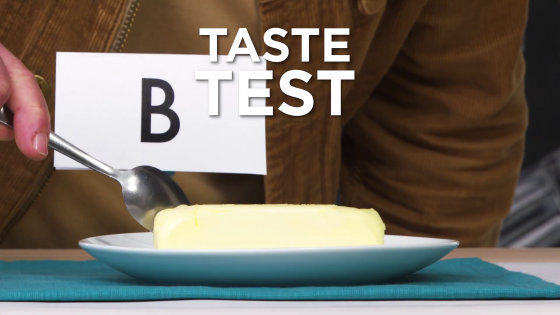
Then, butter A is also sampled. When I put a spoon in it, it was softer than B. This may be due to temperature or due to the fat contained in the butter.
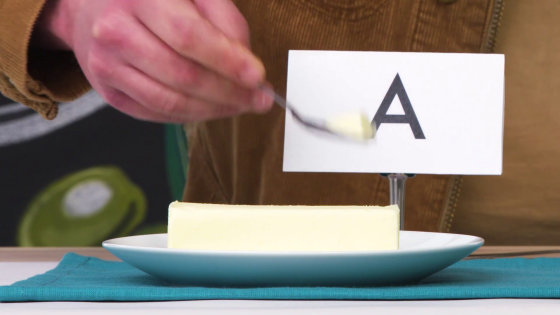
Windsor says that the key factors that you feel when you put butter in your mouth are how the butter covers your palate and how it disappears.
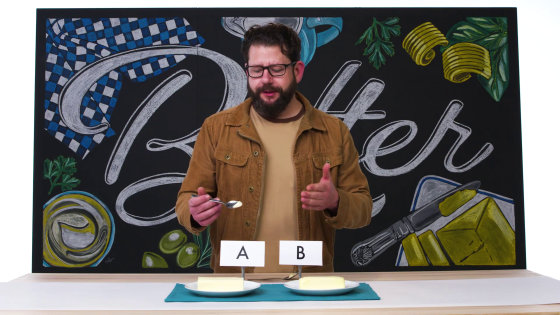
These differences depend on the fat content of the butter. In the United States, it is stipulated that 'butter contains at least 80% fat', but European standards say '82% or more'. In other words, European butter is generally richer in fat, smoother when cut, and more creamy when eaten. However, the price will be higher accordingly.
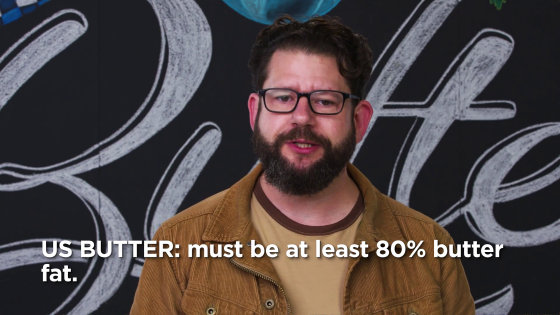
“Unsalted butter has a milder aroma than salted butter,” says Windsor. The butter of A seems to have a light scent like B.

'Butter covers the whole mouth, but it's a bit oilier than B, but it has a cleaner aftertaste. It's creamier and sticks to the tongue than B. It's fatty and European style. That's it. '
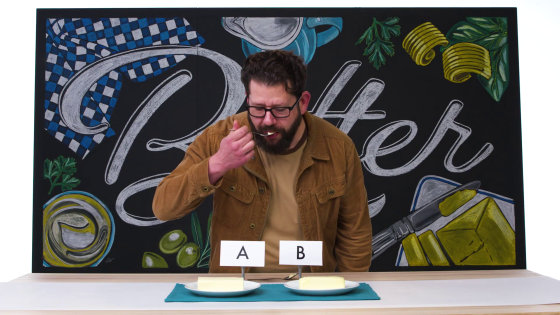
Mr. Windsor predicted that A would be more expensive.
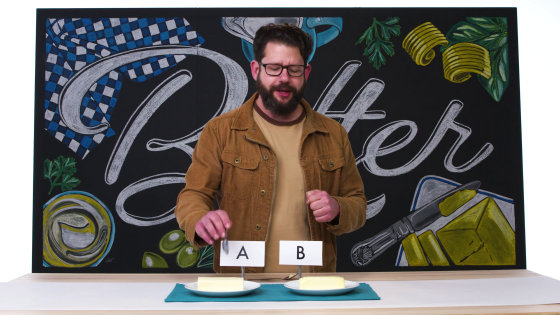
The result is as expected by Mr. Windsor. A was $ 8.98 per pound (about 450g) and B was $ 4.39 (about 480 yen) per about 450g. There is a considerable price difference, but most of this price difference is the 'fat difference'. However, all of them are good quality butter, 970 yen butter is recommended when making pasta that makes use of the flavor of toast and butter, and 480 yen butter is recommended when using it for bread and baked goods. I will.

Next up was salted butter. Salted butter has a stronger flavor than unsalted butter, and the delicate elements contained in butter may be scratched by saltiness. For this reason, salted butter is generally used by spreading it on bread rather than baking it.
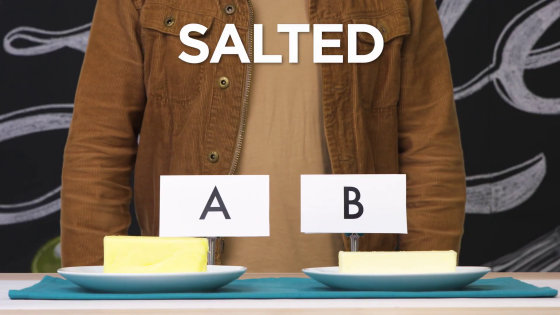
In any of the butters, salt grains cannot be seen from the outside, and it seems that the salt is evenly mixed in the butter. There are slightly yellow butter and near-white butter this time as well, and it is highly possible that yellow butter is more expensive in terms of appearance alone ...
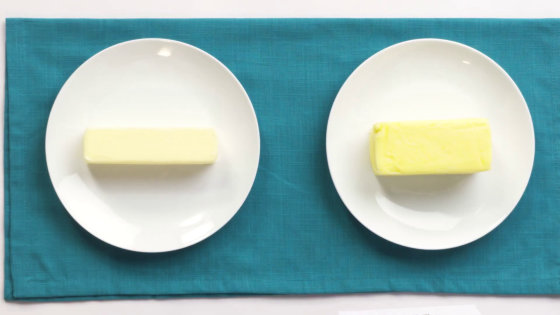
The appearance has been modified for marketing purposes, so I tried it because I didn't know if I didn't try it.

First of all, from A butter.
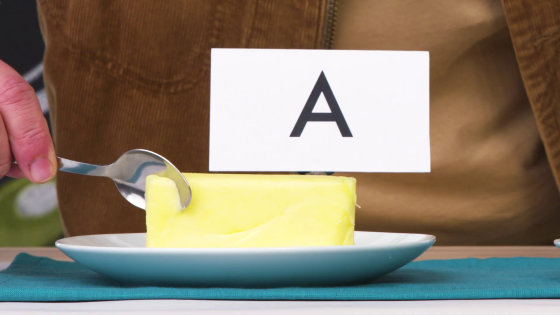
A is a mild scent with a strong aroma.

'It's a little hard, but this may be due to room temperature. It takes a little longer to melt on the tongue. It doesn't feel like the two unsalted butters I ate earlier. Judging from this, I think it's probably American-type butter with a fat content of about 80%. The aftertaste is also a little oily. '
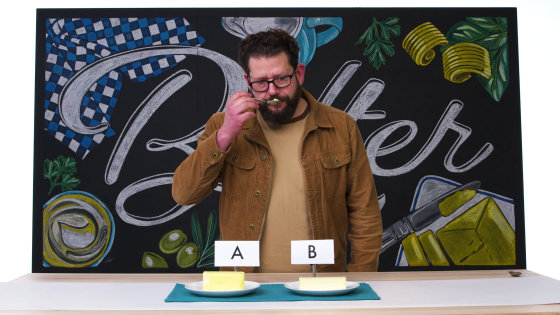
I will also sample B butter. Windsor points out that B is a little thin on the outside. The scent is not strong.
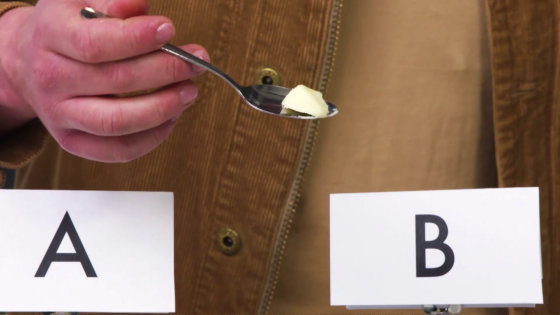
I tried it ...
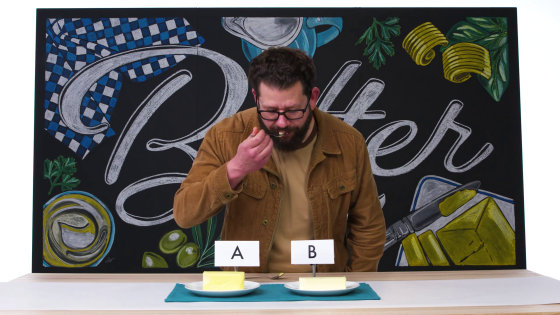
'If you make a decision about the difference in price, I think the butter of A is expensive,' Windsor predicts, based on the difference in texture and flavor. However, the difference between the two prices this time is 'the difference in marketing and marketing popularity'.
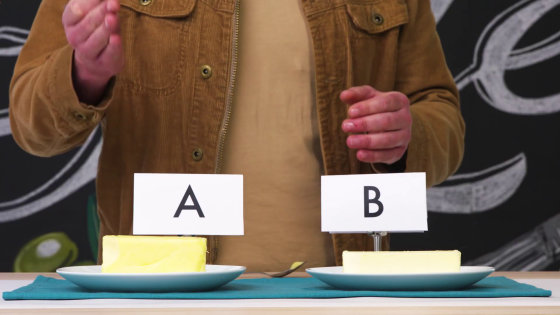
Looking at the price, A was $ 19.98 (about 2200 yen) per 450 g, and B was $ 3.39 (about 370 yen) per 450 g, which was a considerable difference. “I use B butter for toast every morning. I use A to add unique flavors to more complex dishes,” Windsor said.
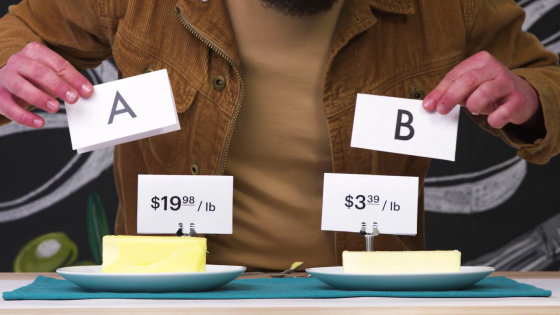
Next is about fermented butter. Fermented butter is butter whose flavor is changed by adding live bacteria. It features a more complex aroma than regular butter.
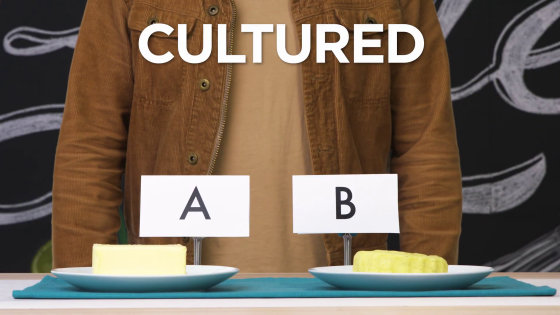
Fermented butter is characterized by a slightly spicy aroma, and
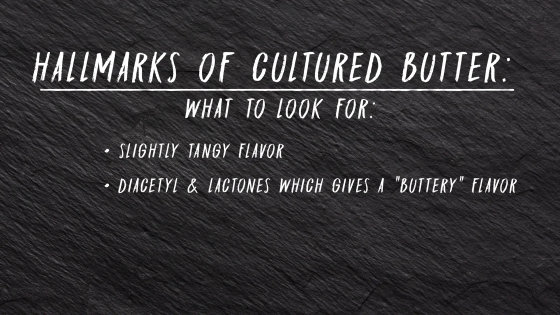
First of all, from the appearance. A butter is yellowish white and B butter is more yellowish.
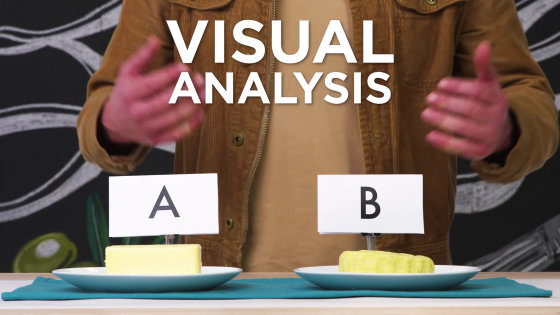
In addition, B butter is molded with a mold and even has a cow pattern.
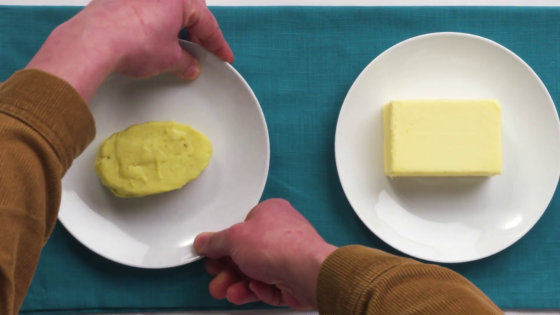
First, sample from A.
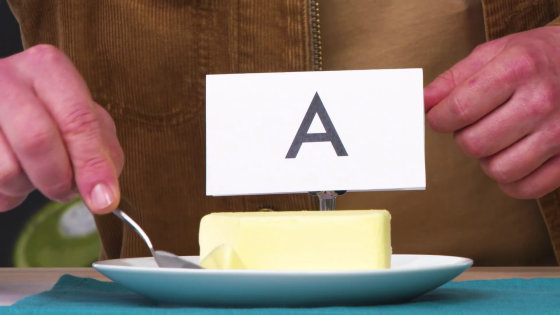
Due to the fermentation process by the fungus, fermented butter has a stronger aroma than unfermented butter. The butter of A also has a strong buttery scent. It's a little salty but creamy, it doesn't crumble into pieces and has a typical salted butter taste.
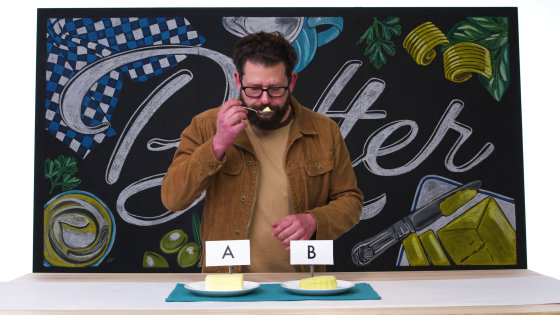
'I'm very interested in B,' said Windsor, who was happy to sample B as well.
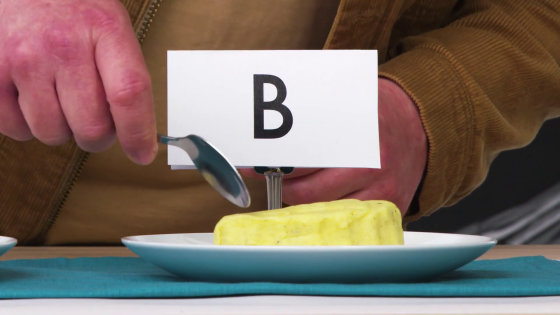
B butter melts on the tongue and spreads throughout the palate, so it is predicted to be 'European style butter with 82-83% fat'. 'It's smoky. It's probably using smoked salt. It has a garlic-like

Looking at the answer, A is 450g and $ 11.98 (about 1300 yen), B is 450g and $ 19.98 (about 2200 yen), and B is the correct answer. The fermentation process is time consuming and labor costly, which makes the final product more expensive overall.
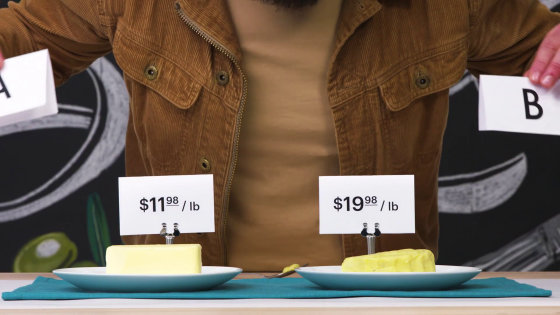
And this time, the price of 'butter with milk other than cow'. Basically, butter can be made from the milk of all mammals that have milk fat. Windsor has seen butter made from buffalo and reindeer milk. However, the most common butter other than milk is butter from goat or sheep milk.
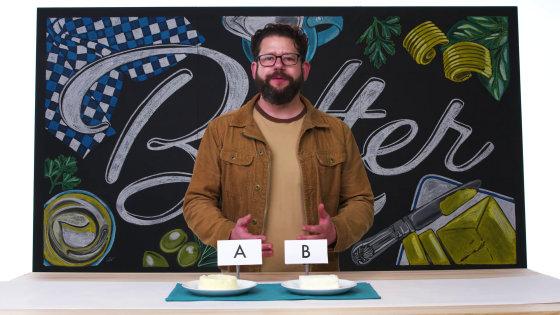
Two butters, A and B, are prepared this time as well.
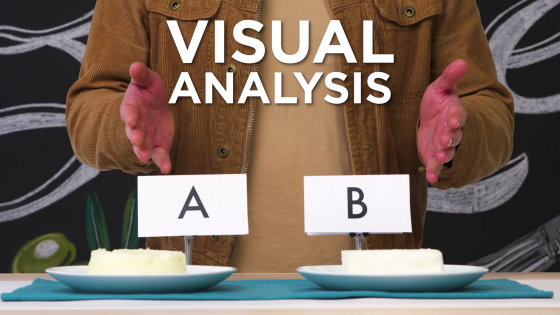
B butter is white and A butter is yellow, which makes a big difference in appearance. As mentioned above, the yellow color of butter is due to carotene, because cows do not use carotene and it remains in milk. Goats, on the other hand, use carotene to produce vitamin A, which makes milk closer to white. For this reason, cheese and butter made from goat's milk are characterized by being white. From this, Windsor predicted that the white butter was due to goat's milk.
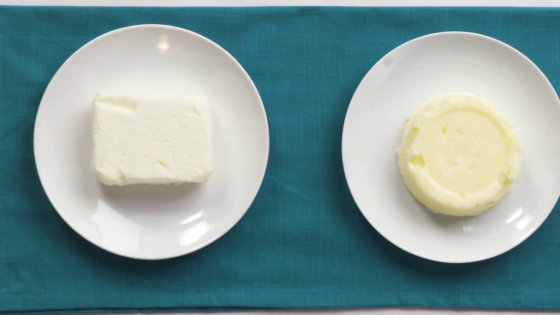
Also, the round shape means that it is in a plastic mold. This may be due to the lack of expensive packages for small-scale production or the ease of distribution.

A butter is soft like
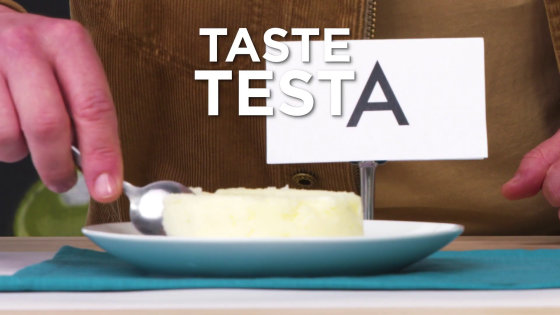
'The aroma is not as strong as fermented butter, the texture is solid, but it melts very quickly. It is lightly salted. Maybe goat's milk, artificial to make it more acceptable to humans. I think it's colored in a savory way, which means it's likely to be cheap butter. '
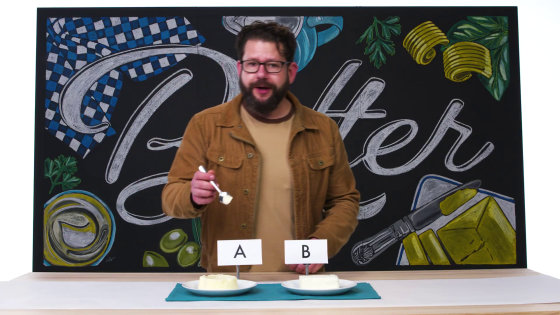
Contrary to the soft A butter, the B butter is 'hard like when scooping ice cream.' It has a little viscosity.

Windsor predicted that it was fermented butter because of the strong aroma of butter.

'There are quite a few flavors. It's a little apple-like fruity and salty. It has a nice texture and stays in the mouth for a little longer,' Windsor said. Predicted that the complex B butter was expensive.

Looking at the answer, A is $ 9.98 per 450g (about 1100 yen), B butter is $ 19 per 450g (about 2100 yen), and B is about twice as much as A. Windsor said that B's butter is better for spreading on bread and A's butter for making sweets and bread because B is more enjoyable with butter flavor.
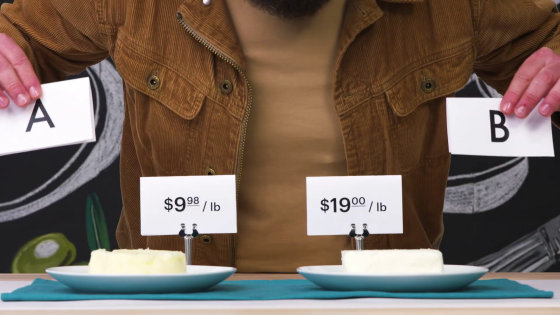
The price and quality of butter are not always linked, and some good butter has a high price and some has a good low price. 'Use the knowledge in this movie to choose butter,' Windsor concludes.
Related Posts:
in Food, Posted by darkhorse_log







